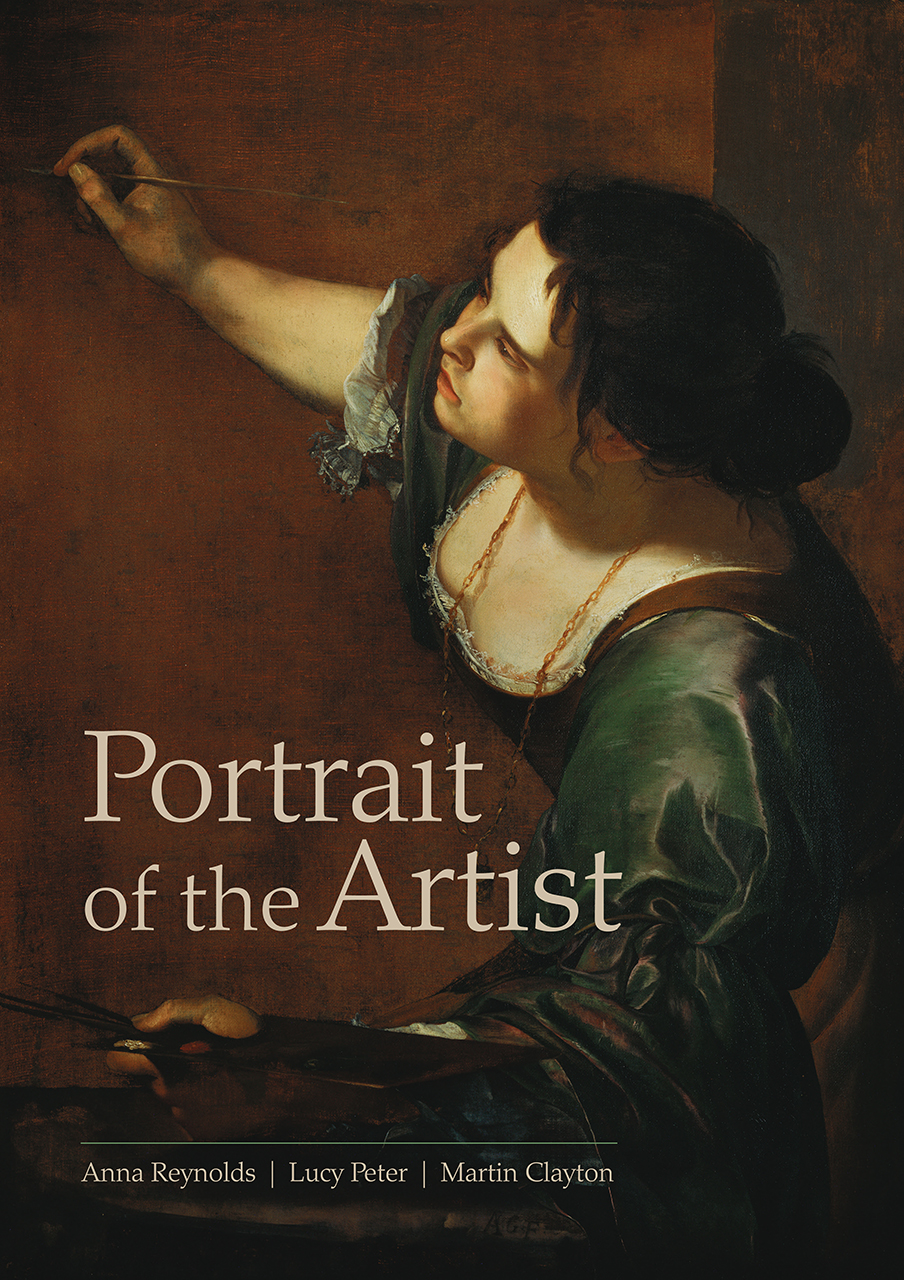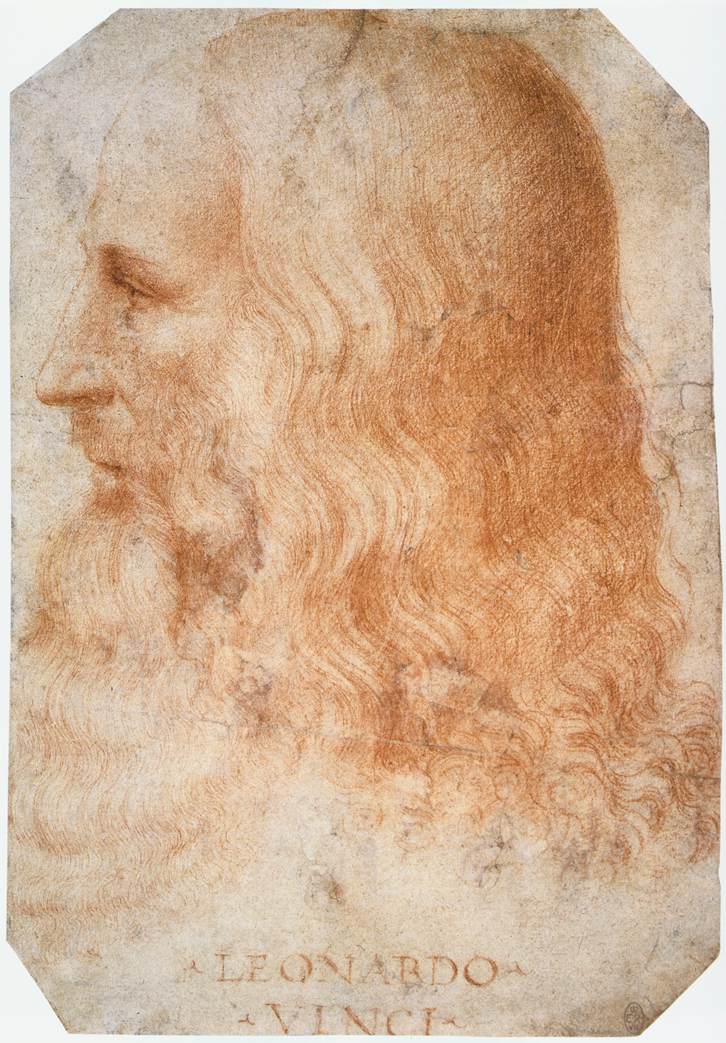
For centuries images of artists have been a valuable commodity. Charles I was one of the first European monarchs to acquire them, including Artemisia Gentileschi's extraordinary
Self-Portrait as the Allegory of Painting (La Pittura) (c.1638–9). Produced at the height of his fame, Rubens' self-portrait (1623) was given to Charles I by the artist as an apology for sending the King a work by studio assistants two years earlier. The painting hung alongside
Daniel Mytens' self-portrait (c.1630) in the Breakfast Chamber outside the King's Withdrawing Room at Whitehall, showing the high esteem in which the artists were held.
Rembrandt captured his own image throughout his life, producing approximately 80 self-portraits in total. His
Self-Portrait in a Flat Cap (1642) was one of three of the artist's works that entered the Royal Collection during the reign of George IV. The monarch was so keen to own Sir Joshua Reynolds' self-portrait of c.1788 that he purchased an inferior copy of the painting in 1812, before being presented with the original version by the artist's niece just 15 days later.
The acquisition of artists' portraits by members of the royal family has continued into the 20th and 21st centuries. The friendship between The Duke of Edinburgh and Edward Seago is recorded in reciprocal portraits, which show the painters at their easels aboard HMY Britannia on His Royal Highness's return from his world tour in 1956–7. The Duke invited Seago to accompany him on the voyage from Australia, where he had opened the 1956 Olympic Games, in the hope that the artist would 'find something to challenge his remarkable talent for landscape painting' in the scenery of the Antarctic Peninsula.
Self-portraits by Lucian Freud and David Hockney were presented by the artists to Her Majesty The Queen on their appointment to the Order of Merit, an honour recognising distinguished service in science, art, literature or culture.
Freud's Self-Portrait: Reflection (1996), produced at the age of 74, was one of a series of life-sized portrait etchings made by the artist in the 1990s.
Hockney's Self-Portrait, 6 April 2012 was created on an iPad using the Brushes app, allowing him to play back the drawing 'stroke by stroke' to watch himself at work.
The world's most important group of artists' self-portraits hangs in the Vasari Corridor of the Galleria degli Uffizi, Florence. In the 1760s, the Italian artist Giuseppe Macpherson was commissioned by Lord Cowper, a leading patron of the arts, to create miniature copies of 224 of the works for presentation to George III. In the note accompanying the gift, Cowper wrote: 'There is nothing of the kind to be found in any Cabinet whatever in Europe, as it is the first time they have been permitted to be copied'. The complete set is on display for the first time in the exhibition.
The relationship between contemporaries in the art world is also explored in the exhibition through representations of artists by their friends, admirers and pupils.
Francesco Melzi's drawing of the aged Leonardo da Vinci (c.1515–18) is the most reliable surviving likeness of his teacher.
Rubens's portrait of his former assistant and lifelong friend Van Dyck (c.1627–8) shows the painter in an unusually reflective manner, unlike the assertive and confident figure presented in Van Dyck's self-portraits.
Dürer’s Self-Portrait at Age Twenty-Eight.
Hockney’s Self-Portrait with Cigarette
Publication
 |
Throughout history, many of the world’s most renowned artists have made portraits to represent themselves and others.
The first book to focus on images of artists from within the Royal Collection, Portrait of the Artist brings together paintings, drawings, prints, and photographs by artists from across the centuries, including works by Rembrandt van Rijn, Peter Paul Rubens, David Hockney, and Lucian Freud. While some of the portraits included in this book were created to showcase the artist’s talent, others were motivated by more personal reasons, to preserve the images of cherished friends. Anna Reynolds, Lucy Peter, and Martin Clayton explore the miscellany of themes running throughout the discipline of portraiture, from the rich symbolism found in images of the artist’s studio to the transformation of styles with which artists depictedthemselves, changing their portrayals to align with their changing status. They also explore the relationships between artists and patrons, including the important role of the monarchy in commissioning and collecting portraits of artists.
Published to accompany a major exhibition opening in the fall at The Queen’s Gallery, Buckingham Palace, Portrait of the Artist provides a fascinating new perspective on this tradition, with lavish color illustrations of works from the fifteenth century to the present.


























